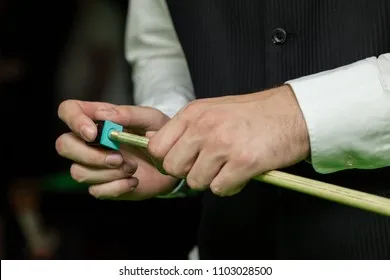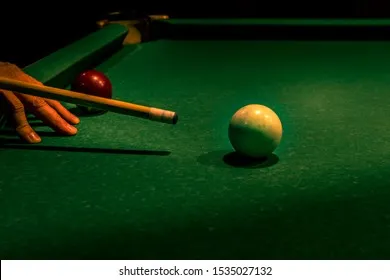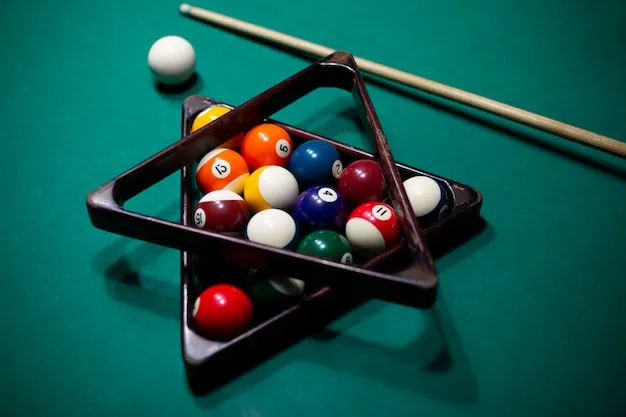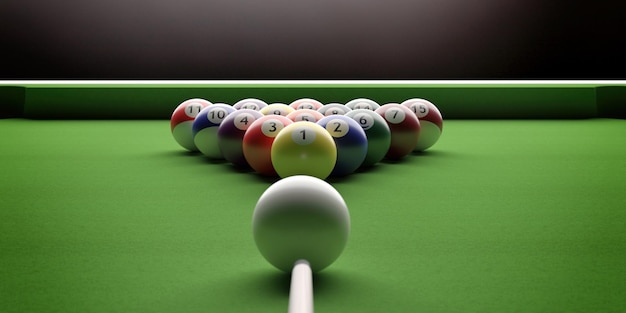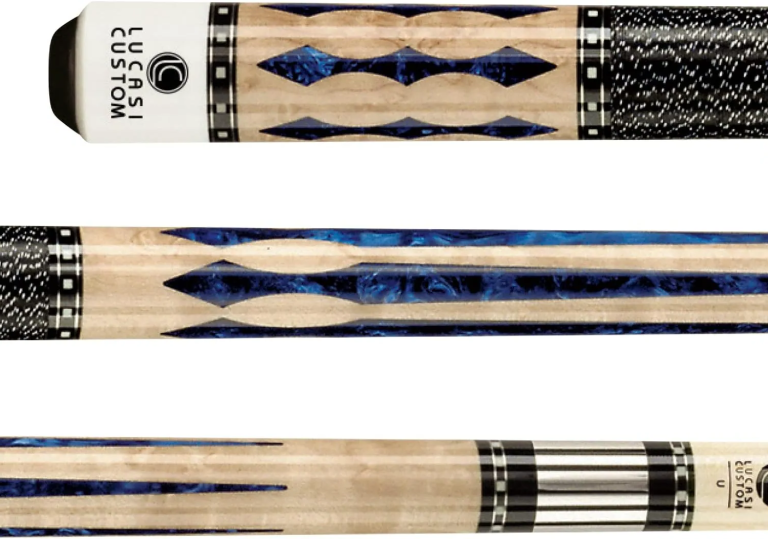From Chalk to Chips: Revolutionizing the Game with Advanced Pool Cue Technology
Introduction
Pool is a game that has stood the test of time, captivating players of all skill levels for generations. And just as the game itself continues to evolve, so too does the technology behind the equipment that players use. The pool cue, once a simple piece of wood with a leather tip, has now transformed into a marvel of innovation and engineering. In this article, we will explore the fascinating history of pool cue technology, delve into the current innovations and trends shaping the industry, analyze the challenges faced by modern cue designers, explore emerging technologies in cue manufacturing, and finally, speculate on the exciting future of pool cue technology.
History of Pool Cue Technology
The history of pool cue technology is a journey through time, tracing the evolution of this essential tool from its humble beginnings. The use of cues in billiards can be traced back to the 16th century, where they were initially made from wood, most commonly ash or hickory. These early cues were simple in design, with a long, tapering shape and a leather tip for striking the ball.
As the game of pool grew in popularity throughout the 18th and 19th centuries, cue makers began experimenting with different materials to enhance performance. One significant development during this time was the introduction of the cue ferrule, a protective collar that allowed for better control and accuracy. Ivory became the material of choice for cue tips, offering players exceptional cue ball control.
The 20th century brought further advancements in pool cue technology, with the introduction of laminated shafts and phenolic resin tips. Laminated shafts provided increased strength and stability, while phenolic tips offered enhanced durability and improved spin control. These innovations laid the foundation for the revolution in cue technology that we witness today.
Current Innovations and Trends
In the modern era, cue technology has reached unprecedented heights, with manufacturers constantly pushing the boundaries of what is possible. One notable innovation is the introduction of carbon fiber shafts. These shafts, made from ultra-lightweight and incredibly strong carbon fiber materials, offer players unparalleled stiffness and low deflection. The result is increased accuracy and a more consistent performance, giving players a newfound edge on the table.
Another significant trend in cue design is the integration of electronic components. Some cues now feature embedded sensors and accelerometers, allowing players to track their stroke quality, speed, and even analyze their shooting technique. This data-driven approach to cue design empowers players to refine their skills and make data-backed improvements to their game.
Additionally, cue manufacturers are exploring new ways to optimize weight distribution and balance within the cue. By strategically placing weight inserts or utilizing cutting-edge materials, cues can be tailored to individual players’ preferences, enhancing their comfort and control during play.
Challenges in Modern Cue Design
While cue technology has come a long way, designers face a multitude of challenges in their pursuit of perfection. One key challenge is maintaining a delicate balance between innovation and tradition. Pool is a game deeply rooted in history and tradition, and purists argue that too much technological advancement may sacrifice the essence and charm of the game. Designers must strike a balance between introducing new features while ensuring the integrity and authenticity of the game remain intact.
Another challenge is the fine-tuning of materials and manufacturing processes. Cue designers constantly seek ways to optimize structural integrity, durability, and performance. Achieving the perfect combination of materials and manufacturing techniques is a complex task that often requires rigorous testing and experimentation.
Furthermore, ensuring affordability without compromising quality is a significant challenge for cue manufacturers. While cutting-edge technology can undoubtedly enhance performance, it often comes with a hefty price tag. Designers must find innovative ways to make advanced cues accessible to players of all budgets without compromising on craftsmanship and performance.
Emerging Technologies in Cue Manufacturing
The future of cue technology is bright as researchers and developers continue to explore cutting-edge technologies. One promising area of advancement is the integration of artificial intelligence (AI) into cue design. By leveraging AI algorithms and machine learning, cues could be personalized and optimized for individual players based on their playing style, stroke mechanics, and preferences.
Nanotechnology also holds tremendous potential for cue manufacturing. The precise manipulation of materials on a nanoscale opens up possibilities for cues with superior strength, lightness, and performance. Imagine a cue with a shaft composed of a lattice of carbon nanotubes, providing unparalleled rigidity and control.
Furthermore, advancements in 3D printing technology may revolutionize cue production. With 3D printing, cues can be custom-made with intricate designs and personalized features, catering to the specific needs and preferences of each player.
The Future of Pool Cue Technology
As we gaze into the crystal ball of cue manufacturing, the potential for future advancements is truly exciting to envision. It is highly likely that cue technology will continue down the path of integration with smart devices and digital platforms. We may witness cues that communicate real-time data to smartphones or tablets, offering players instant analysis and feedback on their performance.
Additionally, advancements in materials science may give birth to cues that defy the laws of physics. Cue shafts composed of exotic and lightweight materials could reduce deflection and vibration, leading to even greater control and accuracy.
The future may also bring us cues designed specifically for virtual reality (VR) and augmented reality (AR) gaming. With the rapid growth of VR and AR technologies, cues could be adapted to enhance the immersive experience, blurring the lines between the physical and virtual world.
Conclusion
From its modest origins to the forefront of innovation, pool cue technology has come a long way. With the advent of carbon fiber shafts, electronic components, and personalized design, cue manufacturing has reached unprecedented heights. The future promises even more exciting developments, with AI integration, nanotechnology, and 3D printing poised to reshape the landscape of cue manufacturing. As the game of pool continues to captivate players around the world, the evolution of cue technology ensures that players will always have the tools they need to take their game to new heights.

